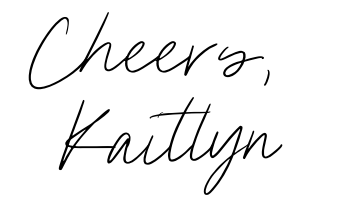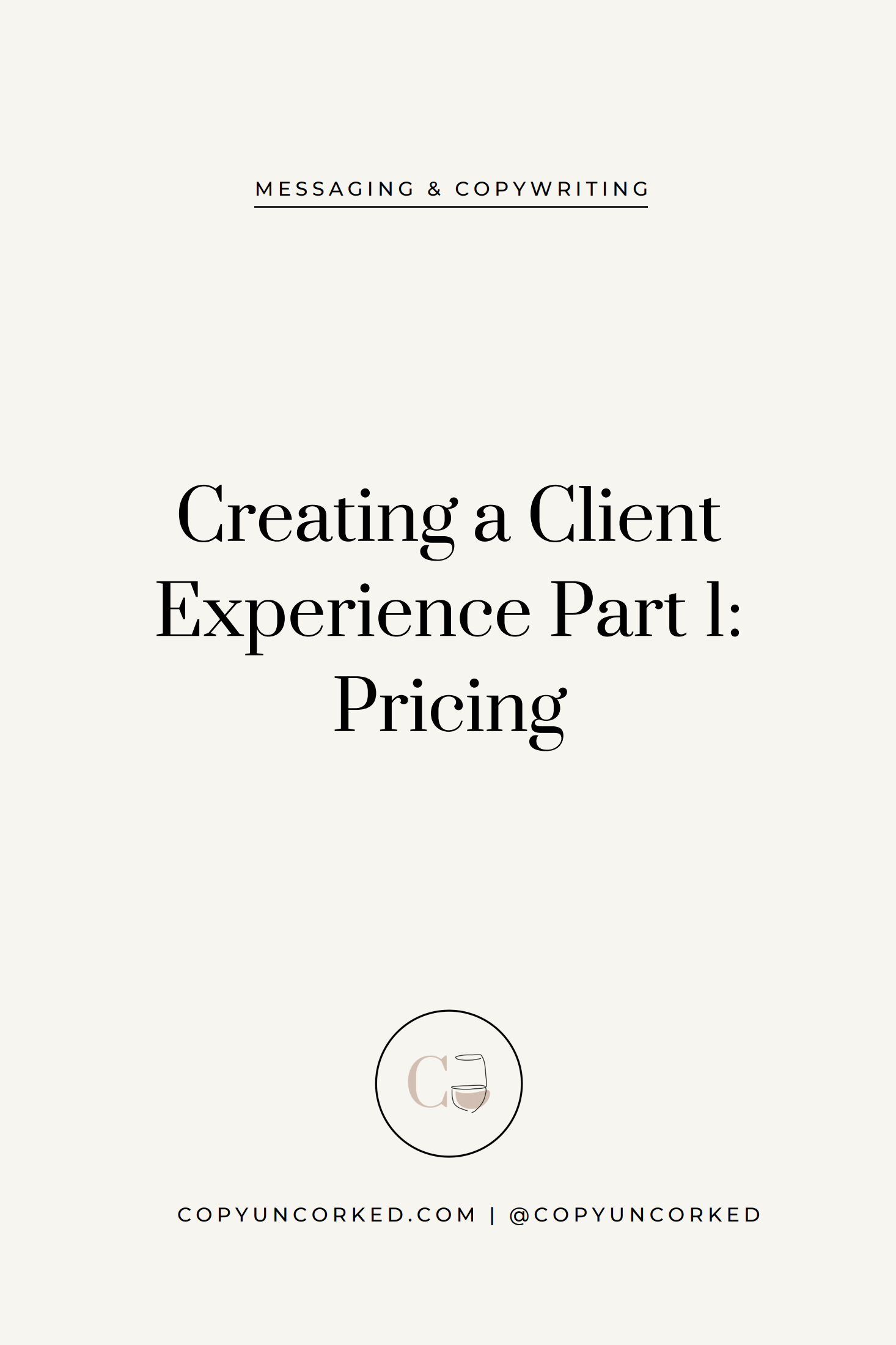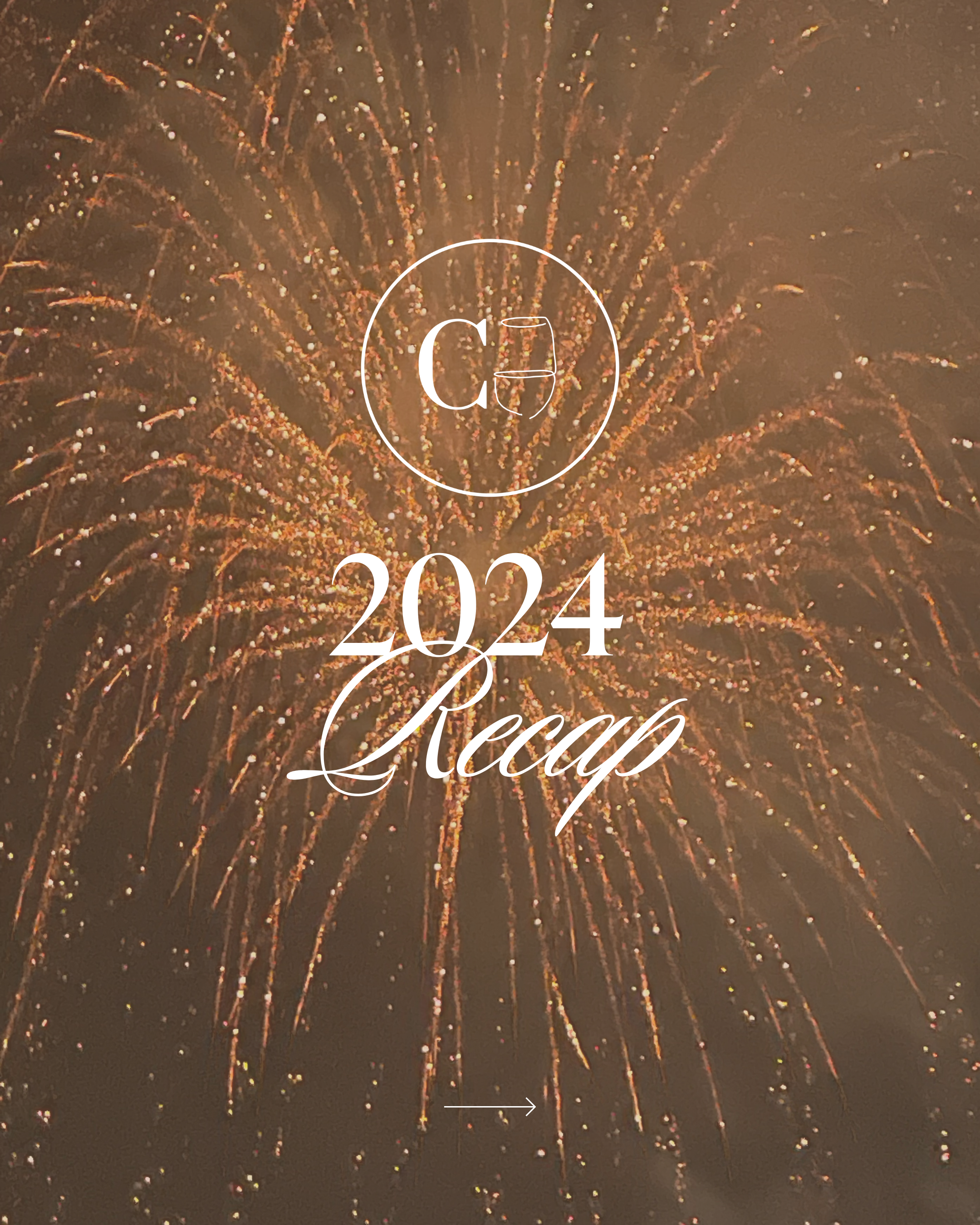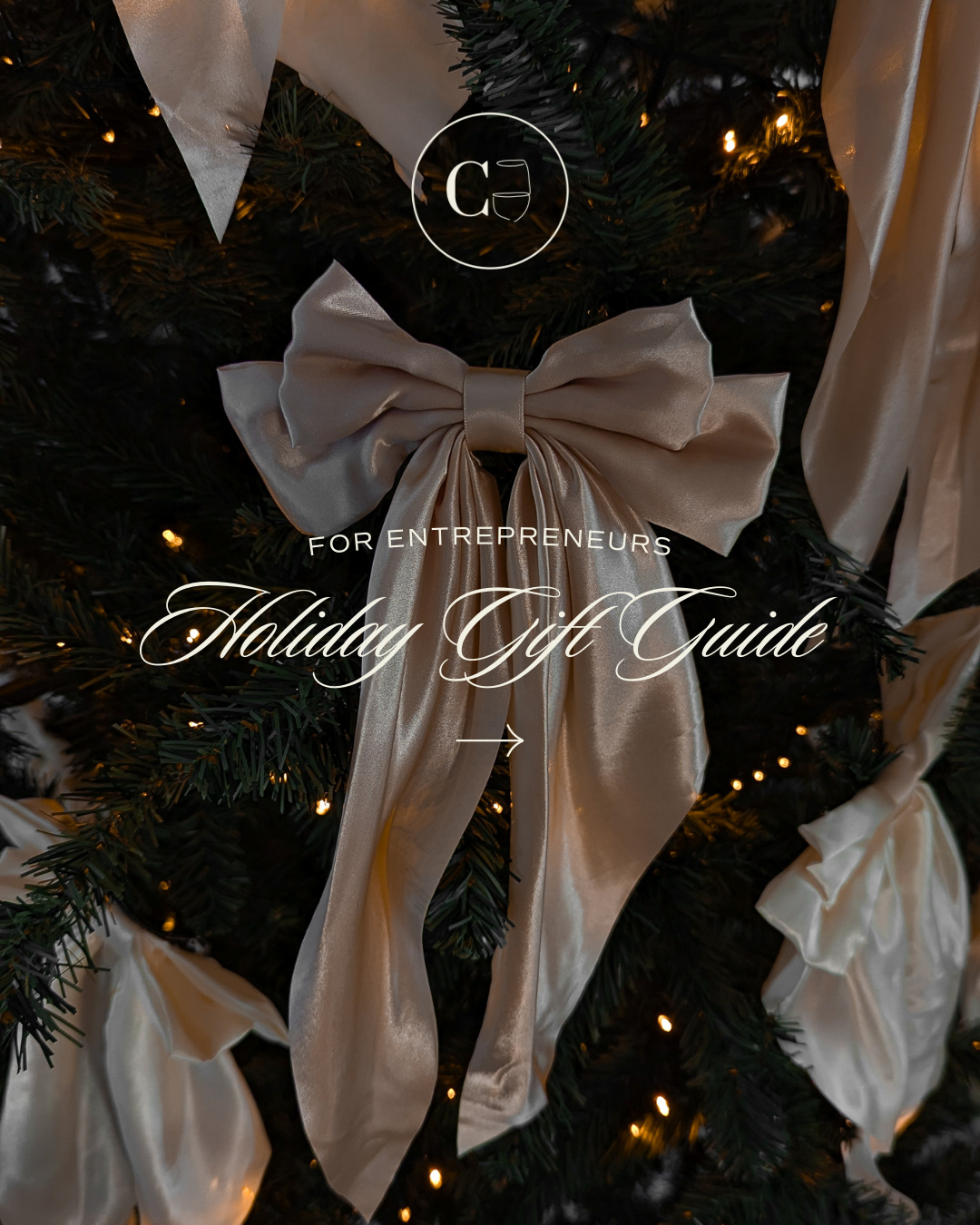Should you or shouldn’t you list your prices on your website?
Lately, I’ve gotten a lot of questions from clients and other creatives about creating systems, automations, and whether or not to include things like pricing on their websites. So today, I’m going to share everything I know about it thus far!
When working through a website copywriting project all of these items come up, as it plays into the set-up of your contact form, how the services page is written, and what happens after an inquiry is made.
Within my own business, I’ve had to work hard to create as many operational efficiencies as possible, which has, in turn, created a better client experience.
It’s by no means perfect and something I’m constantly refining.
Today we’re covering PART 1 of this mini-series on all things Client Experience, starting with pricing.
Next, I’ll get more into the ins and outs of my own onboarding process. Now, let’s get into it!
To List or Not to List
The infamous question for most service providers is:
Should I or shouldn’t I list my prices on my website?
I’ll start by saying there’s not exactly a black and white answer. (Eye roll, I know.)
It depends on whether or not your offerings / services / packages are the same every single time for every single client, or if they differ by a few factors. (Even though I’d argue, you can still have set packages and customize them for each client based on their needs.)
My Pricing Journey
Personally, I’m still in favor of not listing out your *full* prices and I’ve tried #alltheways.
Here’s my pricing journey…
At the Start
I started with a blog type website that eventually morphed into my first business website when I started kvh. Creative in 2016. I had an onslaught of offerings listed including hourly rates, rates by word, rates by page, etc. It was pretty nitty-gritty and ultimately, confusing.
I had a pretty PDF that I made in Canva with it all listed out in a Pricing Guide but I got annoyed having to constantly tweak it every few months or so. I didn’t feel like they were ‘set in stone’ enough for going that route.
To be honest, I ended up just working hourly for my clients and invoicing 1x/month at the end of the month. Fine for a side hustle, but not great if you need at least to generate more consistent revenue…and also scale.
Almost 100% of my early inquiries were very custom and ultimately helped shape my offerings today, which I’m sure will continue to evolve.
I also started to generate a lot of business from referrals. That was great, but since my initial offerings pretty much covered the gamut, I didn’t have much control over what type of inquiries I was getting.
Round 2
Wanting to narrow and niche my audience as well as the types of services I provided, I later created a second website (independent from my lifestyle blog) to hone in on my brand messaging and copywriting services.
I then started getting more of the type of inquiries I wanted, but I felt like I was constantly trying to price out custom services based on an hourly rate, which can take a lot of time and energy to think through. No bueno.
Round 3
Not long after, I jumped at creating packages because I kind of thought that’s what I was supposed to do. So I spent time researching, reviewing past projects and the time I’d invested, and packaged up some services that I a) wanted to do and b) felt confident in the price I was offering them at.
I will say, this helped me think more strategically in terms of what I needed + wanted my financials to look like and less like I was just ‘hoping’ for the best each month.
Yet, as can happen when showing a higher dollar amount upfront, my inquiries somewhat slowed.
And interestingly enough…even when I did get inquiries from ideal clients, I rarely had them saying with 100% confidence which package they wanted right off of my website.
It still took me suggesting one or slightly modifying it based on our first phone conversation.
I also got website messages from people asking what my prices were which left me wondering whether they’d seen my prices listed or if they were hoping to pay less?
However, it DID allow me to create estimates much quicker because I was simply tweaking a set proposal within my CRM (Dubsado) rather than feeling like I was reinventing the wheel every single time. And I’m all about a good time saver.
Round 4
I then removed my packaged prices from my website in favor of a “Starting at…[insert price here]” strategy.
As soon as I did, I received (and converted) 4x as many leads in one week.
That was awesome, not just because new leads came in, but because I felt like I was able to fully assess their needs in my initial “Connect Call”, use my pre-priced packages within my CRM as a foundation, and quickly create a custom proposal that is my best and honest solution to their current pain points.
By qualifying the lead in a call (and with a brief background form – more on that later), I was able to determine whether they needed less than they thought, more than they thought, or something entirely different.
Round 5
At one point I removed my pricing entirely as I worked on upping my prices as demand increased and my expertise became more narrowed.
We ended up receiving a ton of leads, a lot of which had budgets well below our Signature package offering. Additionally, we’ve been booking ~2 months out so the challenge became, there were a ton of leads that we couldn’t immediately service. In turn, we’ve been spending a lot of time personally replying to each of these leads and providing referrals.
So I went back to 3 set packages with “Starting at…” pricing listed to give people a better idea of the investment and to hopefully, narrow the leads to projects that are a great fit.
Using the packages as a baseline, I now technically price by “project”, with a value-based method that considers the level of complexity and amount of things like research, wireframing, testing, and revisions involved, as well as the potential outcome for the client.
This has expedited my client onboarding and left me feeling clear, confident, and consistent in how I charge for my services.
As you can see, it’s definitely been a journey and a lot of trial + testing. I think different pricing strategies work in different seasons and phases of your business.
So, What Makes the Most Sense for You?
My hope in sharing all of this with you is that it will help you determine what makes the most sense for your business, too.
As a service provider who works B2B, this currently feels like the right fit.
But you may be a service provider who works B2C with very narrowed offerings that sell over and over again, with a price you’ve determined to be a ‘sweet spot’ for you. If that’s the case, I don’t see any harm in listing your prices + packages.
Packages can also be a great way to essentially answer some frequently asked questions, by outlining in detail the individual items you can provide them with.
For example, while looking for a designer when rebranding to Copy Uncorked, I found it helpful when they included which parts of “brand design” they included in a standard package.
That way I could assess what all I’d be receiving, and make any requests for specific add-ons.
The “Starting at…” Strategy
I think it’s always good to use at least a ‘Starting at…’ strategy to pre-qualify prospects who are even looking for a ballpark figure or a range to know if working with you is even an option – or something they can plan ahead and save for.
As much as you could lose out on inquiries from set pricing, you could also lose out on them from not having ANY kind of pricing at all.
Some prospects will do a quick scan of your website and choose to leave without getting in touch, for the fear of wasting their and your time.
At the bare minimum, you can list a minimum engagement cost – or your lowest offering (something like a Strategy Call, Brand Audit, Headshot Session, etc. – whatever you can quickly turn over to the client while still providing a solid amount of value).
Which part of this resonated the most with you? Have another strategy that works for you? I’d love to hear about it in the comments below!
Read on for Part 2: Onboarding – I’m covering how to leverage a CRM program – (you probably already know I love Dubsado!) and create efficiencies with your pricing / packages by generating swift proposals.


Read the Comments +
-
[…] Part 2 of Creating a Client Experience mini-series is in! If you need to catch up on Part 1, which covers pricing your services, head over to it right here. […]
-
[…] time to continue our 4-part series on Creating a Client Experience! Check out Part 1 on Pricing and Part 2 on Onboarding to get yourself up to speed, or dive on in! We’re covering all things […]
-
[…] Part 1: Pricing […]





[…] Part 2 of Creating a Client Experience mini-series is in! If you need to catch up on Part 1, which covers pricing your services, head over to it right here. […]
[…] time to continue our 4-part series on Creating a Client Experience! Check out Part 1 on Pricing and Part 2 on Onboarding to get yourself up to speed, or dive on in! We’re covering all things […]
[…] Part 1: Pricing […]